-
Welcome to Tacoma World!
You are currently viewing as a guest! To get full-access, you need to register for a FREE account.
As a registered member, you’ll be able to:- Participate in all Tacoma discussion topics
- Communicate privately with other Tacoma owners from around the world
- Post your own photos in our Members Gallery
- Access all special features of the site
So you want to put an ARB compressor in a 1st gen
Discussion in '1st Gen. Tacomas (1995-2004)' started by w8tdstrgecube, Feb 16, 2021.


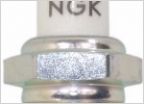 1999 tacoma 3.4 Engine Sputering when im driving what could be wrong
1999 tacoma 3.4 Engine Sputering when im driving what could be wrong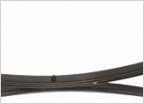 2004 4x4 suspension parts
2004 4x4 suspension parts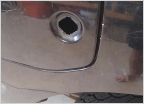 Fuel door flapping
Fuel door flapping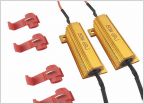 LED dome light not working
LED dome light not working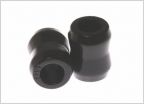 Toytec shock eye bushing
Toytec shock eye bushing
